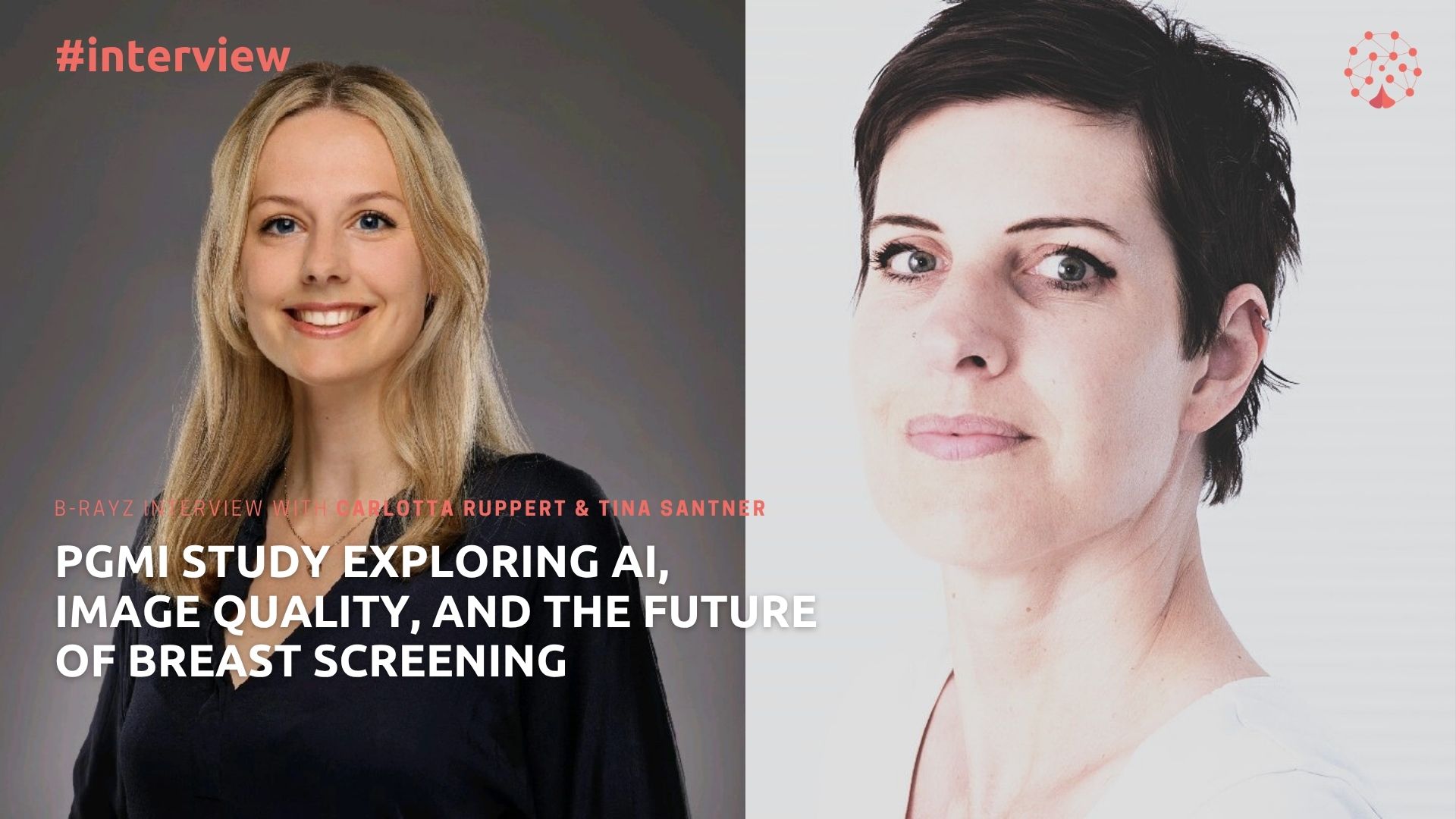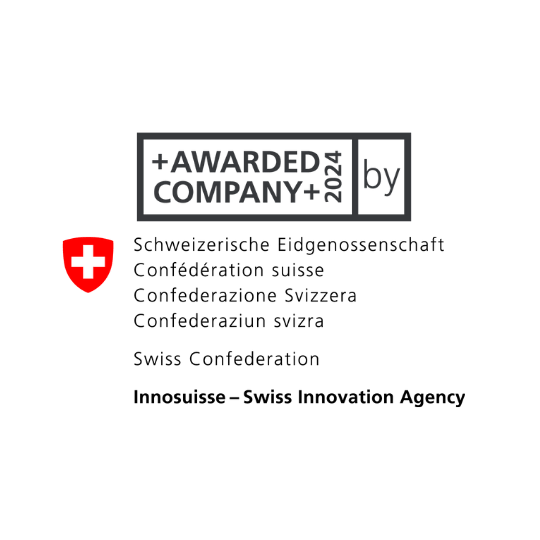In radiology, there is simply no other choice but to implement consistent workflow optimization. Many practices and departments are facing challenges due to increased economic pressures, more exams, staff shortages and changing organizational environments. So, how can a practice deliver excellent medical services while keeping to practical and financial strictures? The key to this is creating lean and (digitally) optimized processes. This article outlines the most important five steps to achieve greater efficiency in radiology and prepare for future challenges. You can find more detailed information – including checklists and practical examples – in our free handbook.
Economic constraints, staff shortages, liability risks: Radiology under pressure
Modern radiology is undergoing a series of upheavals: On the one hand, rapid technological innovation in imaging diagnostics has led to significantly improved image quality, shorter scan times and reduced radiation exposure. Yet, on the other hand, modern tech such as digital tomosynthesis are increasing the amount of data for radiologists to analyze – while coping with chronic staff shortages.
On top of this, there have been changes to the organizational framework: The industry is continuing to consolidate. This is especially the case in the private practice sector, where individual practices are increasingly being integrated into larger associations. Entire process chains must now be reorganized and standardized. Managers are facing previously unknown logistical and organizational challenges. Of course, the liability risks cannot be underestimated, as judges are increasingly holding radiological facilities legally responsible in the event of diagnostic errors.
So, how can a radiology clinic provide excellent medical services when suffering under these many pressures – all while coping with financial restrictions? A vital method to increase quality and efficiency in radiology is consistent workflow optimization: this means analyzing and improving all processes and procedures.
Workflow optimization: The crucial 5 steps
Every radiology clinic has its unique features, depending on its size, area of specialization, organizational structure, and more. That’s why off-the-shelf solutions simply won’t work. Nevertheless, there are some general criteria for success that can be applied to every radiology practice or department. Of these, the most important are to allow for efficient processes and workflows, excellent communication, active management and timely marketing.
For radiology, the aim of workflow optimization is to systematically evaluate all these areas and to make them more efficient. Take a look at the five steps below to find out more. And remember, these don’t have to be tackled in strict chronological order – they’re all interlinked.
Step 1: Analyze the status quo
The first step is to make a detailed inventory of all processes and data to identify weaknesses. Regardless of the differences between radiology facilities, experience shows that there are recurrent problem areas present in all. These include no-shows – patients who don’t come to appointments. For radiology in particular, no-shows lead to high revenue losses, as it is almost impossible to reschedule exams at short notice. A US study shows that a typical radiology department in a university hospital loses an average of $1 million per year due to unused equipment from missed appointments.
For a full checklist that helps you identify typical sources of error, weak points or problem areas, you can download our free practical handbook. Here’s a tip: In most cases, it’s best to seek outside help for a detailed status quo analysis, such as management consultancies that specialize in the medical sector. External experts don’t suffer from “operational blindness” and can often assess processes and procedures better and more objectively, as they have an outside perspective.
Step 2: Optimize processes and workflows
Optimized processes and workflows build a strong foundation for consistent high quality medical services and efficiency in radiology clinics. Here, too, it’s important to take a step back and critically question your typical procedures. Do they truly all make sense? Are they all up to date, or do staff simply abide by them because that’s how things have always been? Are there maybe better alternatives available now?
As well as the administrative time management and scheduling side, the core medical processes determine the performance of a radiology facility. Detailed process descriptions, checklists and templates have proven their worth to help maintain an overview in times of stress. Crucially, these ensure consistent high quality.
Having an up-to-date digital infrastructure also helps optimize radiological workflows and relieve the burden on staff. For example, self-learning AI apps can provide valuable support during routine exams such as mammogram screenings. These can pre-classify images, thereby accelerating the reporting process. At the same time, AI also serves as a “digital co-worker” for quality assurance. After all, the American Cancer Society has found that signs of breast cancer are missed in as many as 1 out of every 8 cases during standard exams!
Step 3: Improve communication processes
Behind all processes and workflows are the staff who interact and work together. Workflow optimization in radiology therefore also needs to include successful communication – within the team, as well as with referring physicians and patients. Well-coordinated teams work more effectively and make fewer mistakes. Of course, taking an empathetic approach to patients is essential, especially in a technology-heavy discipline such as radiology, as this can allay patient fears and build trust.
Why is this so important? Well, for starters, anxious patients tend to move more during MRI scans, affecting image quality in 20% of cases. Thus, improved communication has a direct impact on medical outcomes.
Step 4: Optimize staff management in radiology
Chronic staff shortages are pushing many radiology clinics to their performance limits. Demographic developments will only exacerbate this problem in the future. An indispensable tool today is progressive personnel marketing, as this can help a clinic position itself as an attractive employer in a competitive marketplace, to gain the best staff.
However, to retain well-trained specialists in the long term, active leadership is crucial, and this should never be neglected by managers in radiology! These days, younger generations in particular expect not just a competitive salary, but also respectful communication as peers. Regular training and further education opportunities are an added bonus and can increase your draw as an employer.
Step 5: Well-timed marketing
Today, patients are more empowered than ever and don’t always follow the recommendations of their referring physicians. Radiology facilities can take the lead by directly reaching out to patients via marketing. A modern practice website is an absolute must-have: it serves as a digital flagship and allows clinics to actively address their target patients with the right content marketing. Further opportunities for workflow optimization arise from the integration of modern interactive tools, such as an online appointment booking system.
Workflow Optimization: Get On Board Now
You’ve now learned the five most important steps to create workflow optimization in radiology. Now it’s time to tackle the current challenges and actively bring about change.
You can find detailed instructions and assistance in our handbook “5 Steps to an Effectively Organized Radiology Practice”. This handbook lays out the necessary measures and actions in detail to create the ideal workflow optimization. Well-structured instructions mean you can act on these immediately. With the help of comprehensive checklists, you can identify which areas are in particular need of action. In addition, real life examples show how innovative digital tools can further improve and simplify processes in radiology.








